I was working on the broader impacts sections of annual reports and proposals to NSF for one of my clients when it occurred to me that I didn't have much to add beyond:
We hosted an event on [date], and an estimated [number] people attended.
While these events were spectacular to experience, I had no clear, concise way to communicate "this is how impactful the experience was."
It got me wondering... if I had to break down societal impacts into a set of fundamental units that are directionally proportional to each other, what would the equation look like?
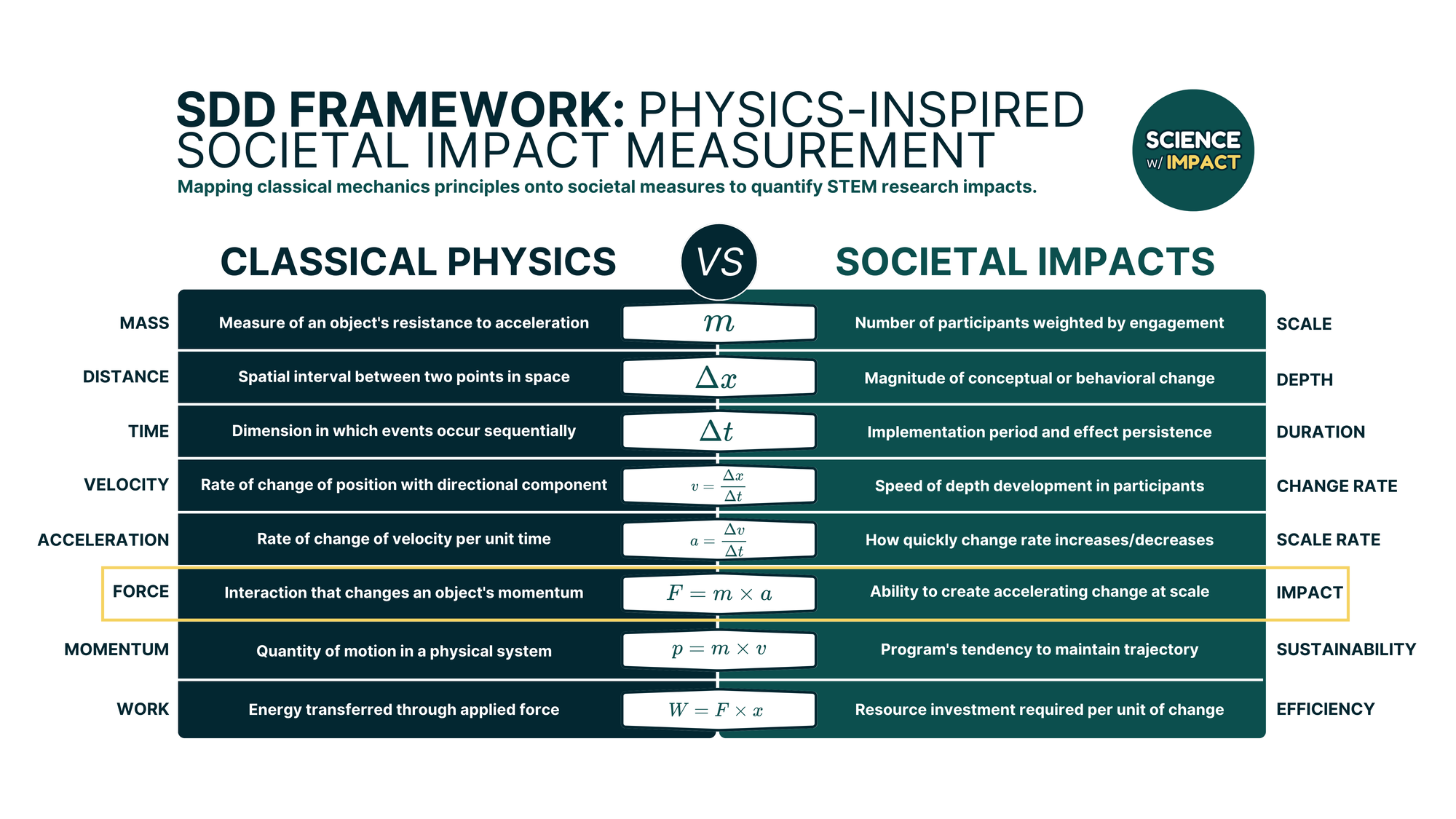
The larger the object and the faster it is moving, the deeper the dent it creates. Similarly, when a broader impact initiative engages a large number of people (scale/mass) who undergo rapid transformation (velocity of change), the depth of societal impact follows the same fundamental relationship.
The SDD (Scale, Depth, Duration) Framework is about how many people you reach, how deeply you transform them, and how sustainably you do so. By mapping familiar physics concepts (mass, distance, and time) onto social impact dimensions, we obtain metrics such as velocity (rate of change), momentum (program sustainability), and force (transformative power) that make intuitive sense to STEM professionals.
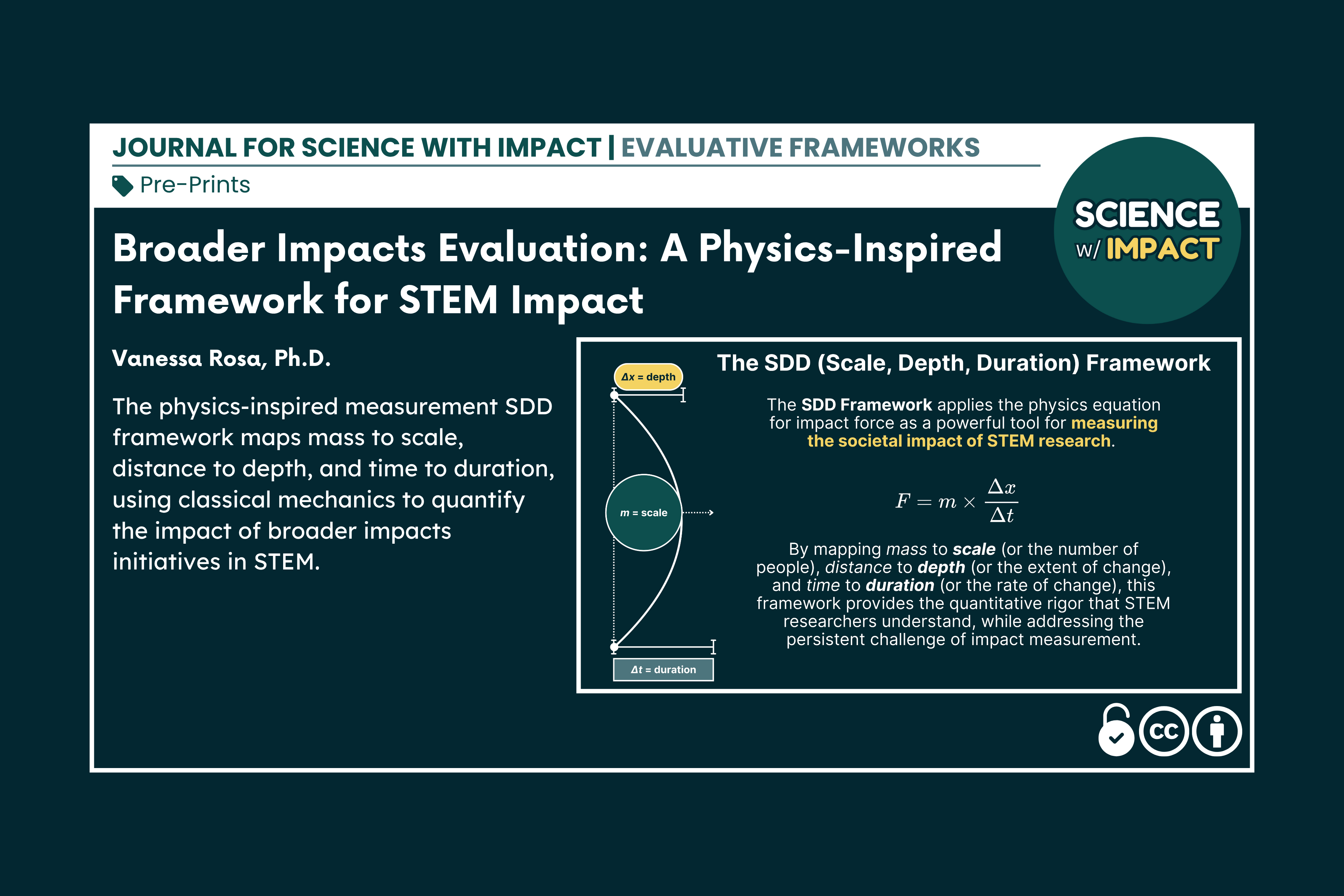
Here's a citable DOI for the pre-print published in the Journal of Science with Impact.
I won't pretend this approach is perfect—social systems are more complex than mechanical ones, and quantifying human transformation requires careful attention to cultural context and community voice.
I recommend pairing an SDD Impact Statement with a short story that highlights the humanity of the work:
The [initiative] engaged [Scale] participants over [Duration], achieving [Depth = X% improvement/change] in [specific outcome measure].
[Insert meaningful experience, quote, or feedback from a real person impacted by the initiative]
The framework works best when combined with rich qualitative storytelling, not as a replacement for it.
The SDD Framework could provide:
- Evidence-based program optimization
- Meaningful cross-initiative comparisons
- Strategic resource allocation decisions
Along with a common language, the STEM impact community can use to build knowledge systematically, rather than starting from scratch with each new initiative.
In the future, every case study we publish at Science with Impact will demonstrate the SDD Framework in action, illustrating how real programs utilize these metrics to understand their impact, refine their approaches, and tell more compelling stories about their societal contributions.
Throughout, I welcome ALLLLL the feedback as I intend to turn a series of case studies into a book.


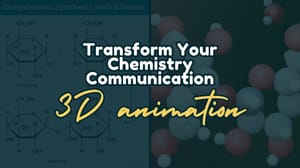
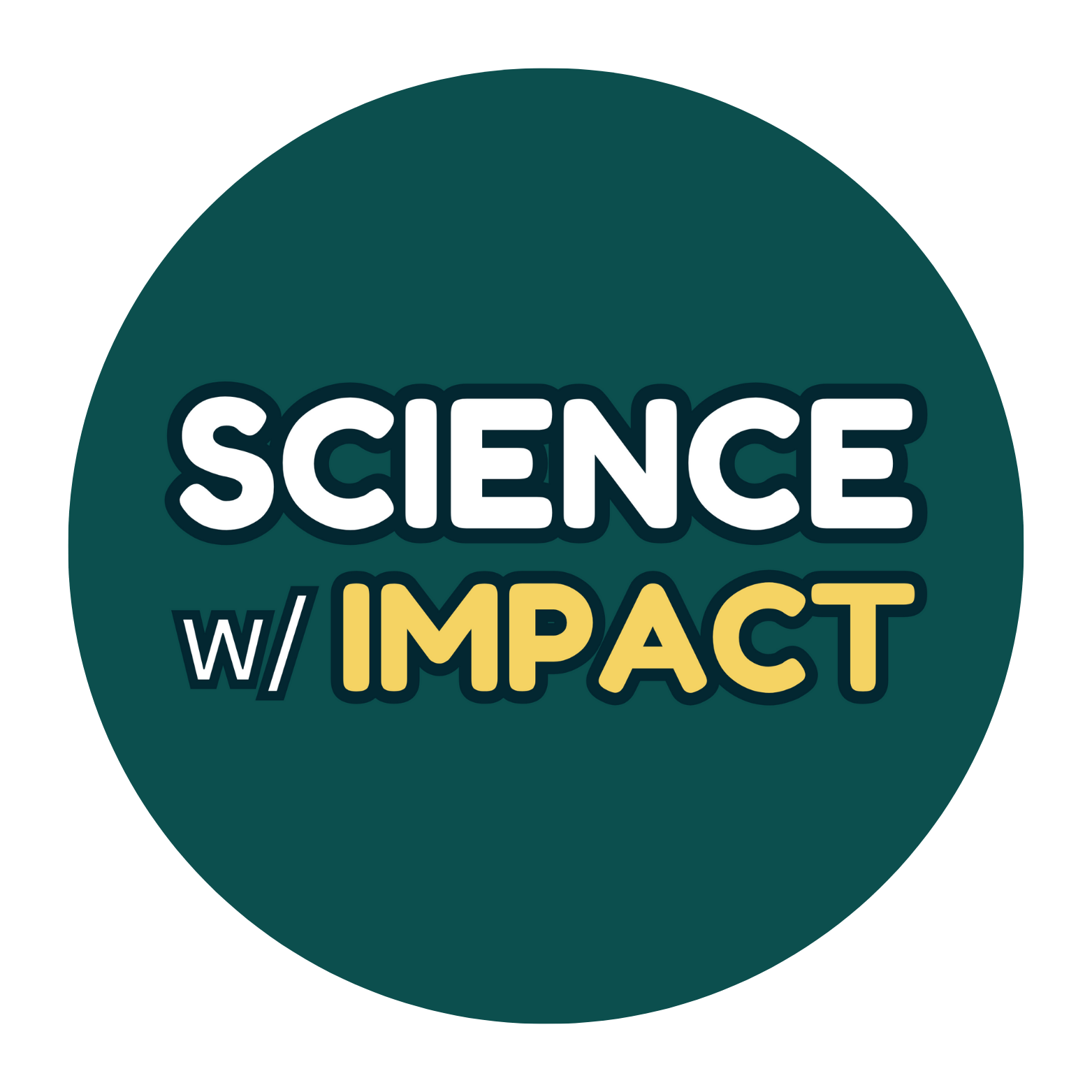
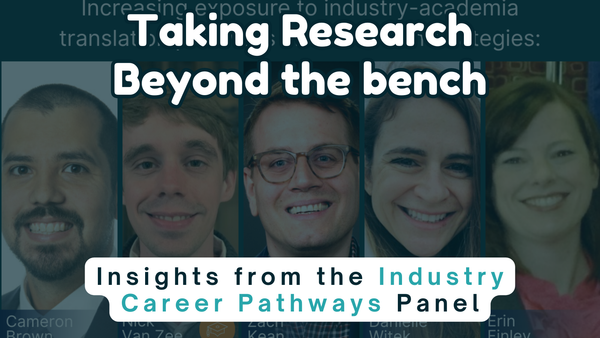
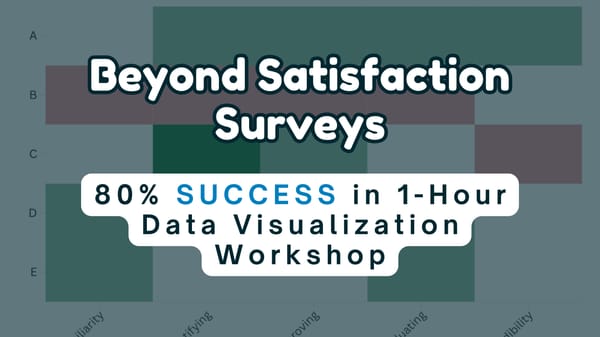
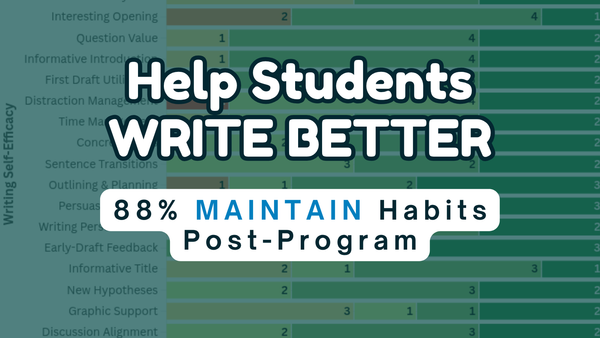
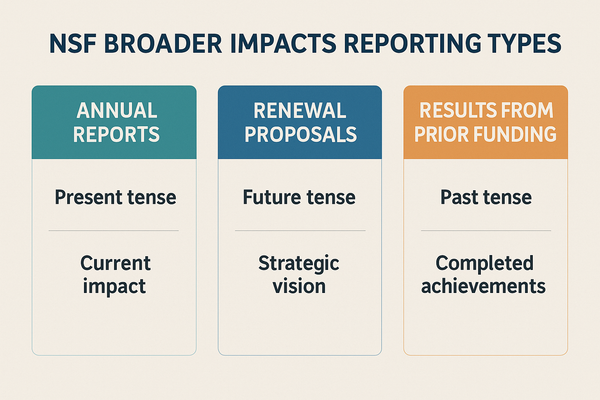
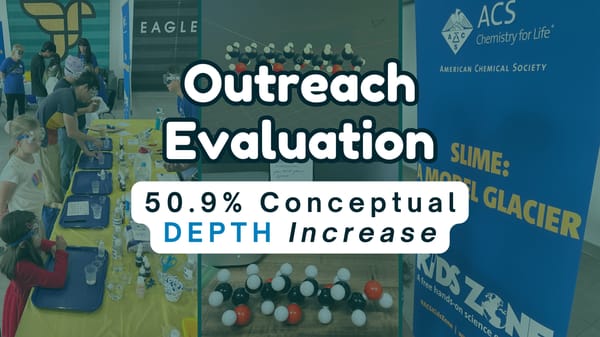
Member discussion